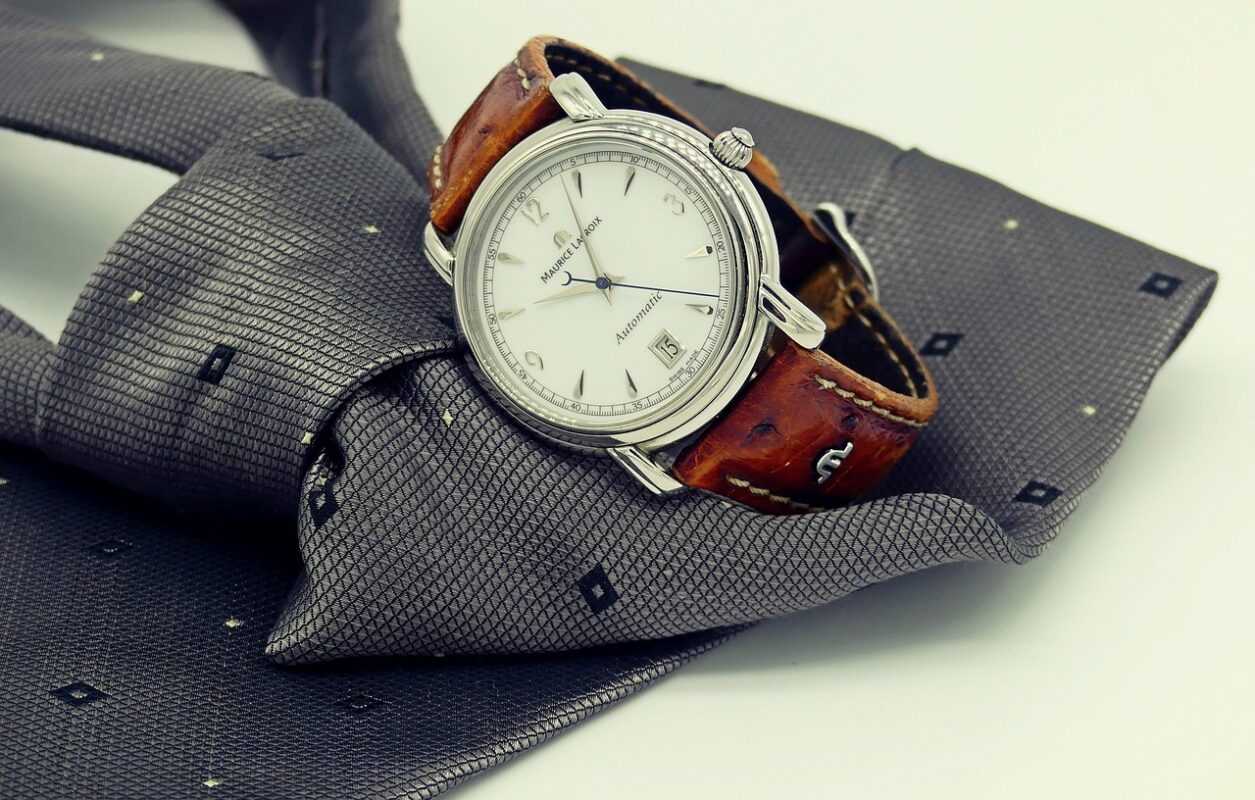6 Essential Facts to Know Before Buying an Ethiopian Opal Ring
Ethiopian opals are celebrated for their breathtaking play-of-color and unique characteristics, making them a highly sought-after choice for fine jewelry. As an experienced gemologist and jewelry consultant with over two decades in the industry, I have guided countless clients through the process of selecting the perfect opal. This guide provides a professional overview of six critical facts you need to know to make an informed and confident purchase of an Ethiopian opal ring.
Fact 1: Understand the Unique Hydrophane Nature
Unlike Australian opals, most Ethiopian opals are hydrophane. This means they possess a porous structure that allows them to absorb water and liquids. While this trait can enhance their color and clarity when cut, it also makes them more susceptible to damage from chemicals, oils, and sudden temperature changes. A ring is exposed to soaps, lotions, and environmental elements, so understanding this property is the first step to ensuring its longevity.
Fact 2: Evaluate the Play-of-Color and Body Tone
The value and beauty of an opal are primarily determined by its play-of-color—the dazzling spectrum of colors that flash as the stone moves. Ethiopian opals can display a full rainbow of colors. The body tone, the background color of the stone, ranges from crystal-clear and white to dark chocolate brown. A stone with a bright, vibrant play-of-color against a darker, more transparent body tone is often considered more valuable.
Fact 3: Choose the Right Cut and Shape
Ethiopian opals are often cut into freeform cabochons to maximize the size and display of the play-of-color. The cut should be symmetrical and smooth, without any flat spots or awkward angles that could compromise its structural integrity or visual appeal.
Common shapes for Ethiopian opal rings include:
Oval
Round
Pear
Unique Freeform
Fact 4: Verify Authenticity and Treatments
The market can contain imitations, such as synthetic opals or opal doublets/triplets. A genuine, solid Ethiopian opal is a single piece of natural stone. Reputable sellers will always disclose if an opal has been treated, for instance, with smoke or sugar-acid processes to darken the body tone. Always request a certification from a recognized gemological laboratory for high-value purchases.
Fact 5: Select a Protective Ring Setting
Given the opal’s relative softness (5.5-6.5 on the Mohs scale), the ring setting must offer protection. A bezel setting, where a metal rim encircles the opal, is highly recommended over prong settings. This design helps to secure the stone and protect its edges from accidental knocks.
Fact 6: Know the Care and Maintenance Requirements
Proper care is non-negotiable for an Ethiopian opal ring. Due to its hydrophane nature, it should never be cleaned with ultrasonic or steam cleaners. Exposure to harsh chemicals, including those found in household cleaners and hairspray, can cause permanent damage. Regular, gentle cleaning with a soft, damp cloth is the safest method.
—
Ethiopian Opal Ring: Product Specifications
| Feature | Specification Details |
| :— | :— |
| Opal Origin | Welo Province, Ethiopia |
| Type | Hydrophane Opal |
| Hardness (Mohs Scale) | 5.5 – 6.5 |
| Luster | Vitreous to Resinous |
| Clarity Range | Transparent to Opaque |
| Common Treatments | None (Natural), or occasionally Smoke Treatment (must be disclosed) |
| Recommended Setting | Protective Bezel |
| Metal Options | 10k-18k Yellow/White/Rose Gold, Platinum, Sterling Silver |
—
Frequently Asked Questions (FAQs)
Q: Are Ethiopian opal rings durable enough for daily wear?
A: While beautiful, Ethiopian opals are softer than many other gemstones. With a protective bezel setting and conscientious care—such as removing the ring during manual tasks, cleaning, or swimming—it can be worn regularly, but it is not as resilient as a diamond or sapphire ring for uninterrupted daily wear.
Q: Why does my Ethiopian opal ring sometimes look cloudy or different?
A: This is a direct result of its hydrophane property. The opal can absorb moisture from the air or from contact with water, which can temporarily make it appear more transparent or sometimes slightly cloudy. It will return to its original state once it dehydrates naturally at room temperature. This is a normal characteristic and not a defect.
Q: How should I clean and store my Ethiopian opal ring?
A: Clean your ring only with a soft, lint-free cloth that is slightly dampened with plain water. Ensure it is thoroughly dried afterward. For storage, keep it in a soft pouch or a fabric-lined jewelry box separate from other pieces to prevent scratches. Avoid storing it in sealed plastic bags, as trapped moisture can be absorbed by the stone.













